According to the current administrative geography, Binh Thuan province borders Lam Dong, Dong Nai and Ba Ria - Vung Tau provinces in the northwest, west and southwest. But in history, the land bordering the Central, Southeast and Southern regions has undergone many changes and shifts due to the process of reclaiming land, establishing settlements and establishing territorial sovereignty over the periods.
Follow the place name
Under the 13th year of Minh Mang (1832), Binh Thuan prefecture was changed to Binh Thuan province. It included Tuy Dinh district, but under the 7th year of Tu Duc (1854), it was changed to Tuy Ly district (still under Ham Thuan prefecture). Accordingly, this is the vast Tuy Ly district located in the southwest of present-day Binh Thuan, deeply encroaching on Bien Hoa province at that time, with borders with Dong Nai Thuong, Bien Hoa, and Ba Ria provinces. In particular, Tanh Linh district was established in the 13th year of Thanh Thai (1901) extracted from two cantons Cam Thang and Ngan Chu of Tuy Ly district, Ham Thuan prefecture to belong to Dong Nai Thuong province, established in 1899 in the upper Dong Nai river area (bordering Cochinchina). The remaining Tuy Ly district land was Ham Tan district. After the August Revolution of 1945, the provinces of Binh Thuan, Ninh Thuan , Lam Vien, and Dong Nai Thuong belonged to Zone 6 (among 14 zones nationwide). Then in 1948, the Zone merged into Lien khu - Zone 5 and Zone 6 into Lien khu Nam Trung bo. After 1956, under the government of the Republic of Vietnam, Binh Tuy province was established, including parts of Dong Nai Thuong province, giving birth to three districts: Tanh Linh, Hoai Duc, and Ham Tan. At the same time, Lam Vien/Da Lat province and a part of Dong Nai Thuong were merged to form Tuyen Duc province. The name of Dong Nai Thuong province was changed to Lam Dong province.
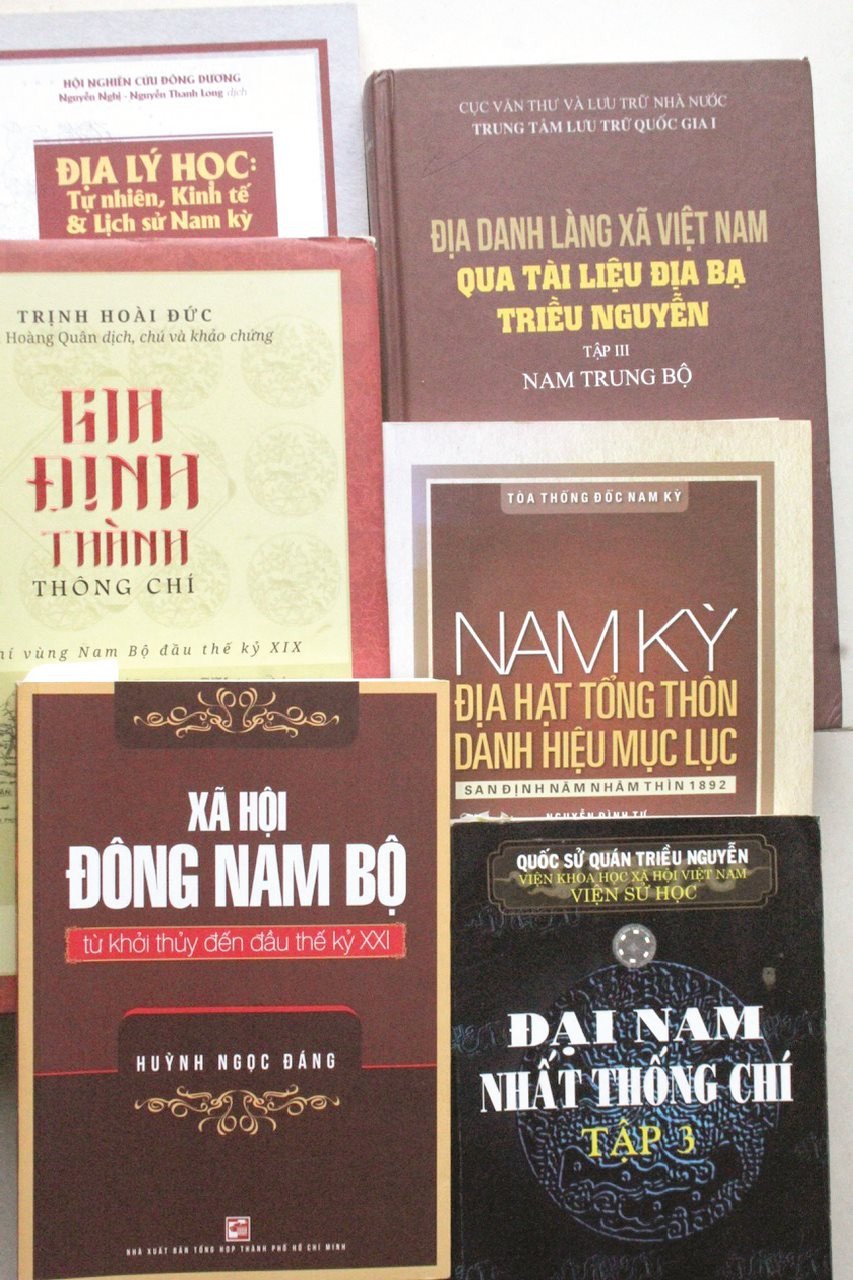
Many place names on the French map in the early 20th century are no longer there or have changed due to local reading or being named according to the new administrative unit of the contemporary government. However, based on many remaining place names currently belonging to Duc Linh and Tanh Linh districts ( Binh Thuan ), it can be determined that they were villages and communes that previously belonged to Bien Hoa or Dong Nai Thuong provinces. With the administrative unit of Bien Hoa/Dong Nai district, the administrative organization of the 6 provinces of Cochinchina (1874) had the names of communes, villages Dinh Quan/Dinh Quat, Tuc Trung (previously belonging to Dong Nai Thuong province), Cao Cang/Cao Cuong belonging to Binh Tuy commune and villages Gia An, Tra Tan, Do Dat/Vo Dat belonging to Phuoc Thanh commune (on the old map of Binh Thuan), the western part in the early 20th century showed the Dong Nai river basin area... with Binh Tuy commune recorded. The book “Nam Ky Dia Huyen Tong Thon (1892)”, in the chapter of Bien Hoa District, recorded Binh Tuy commune and Phuoc Thanh commune, in which the names of the villages Cao Cang/Cao Cuong, Dinh Quan, Tuc Trung, Gia An, Tra Tan, Do Dat/Vo Dat, Do Mang (is Vo Mang)… are two adjacent communes, which now have villages in the border area or belong to Binh Thuan land(1).
In the petition “Nghi thien thuong du don khan su nghi so” by the minister Nguyen Thong, a lecturer and scholar, holding the position of Doanh Dien Su of Binh Thuan province (Tu Duc 30 - 1877), when he set foot in the southwestern region of Binh Thuan, he mentioned a number of place names that match the “wandering” places in Bien Hoa, Dong Nai Thuong. “The minister Nguyen Thong from the west of La Ngu River (La Nga) went down the northern river bank through Bac Da (Bac Ruong), the southern bank through Lac Da estuary (Bien Lac). The lower bank is La Nga River. And the upper bank goes through Chu Lu, Ba Ke, Con Hien, Dai Dong to Thang River, bordering Cao Cuong commune, Binh Tuy canton of the other side” (2). It also mentioned the place names Bac Da, also known as Bac Ruong, Lac Da, or Bien Lac… and Da An (Gia An) village of the highlanders and Vo Xu book on the bank of La Ngu River (La Nga), which are communes of Tanh Linh, Duc Linh today.
The cradle of a historical time
During the Nguyen Dynasty, they focused their efforts on reclaiming land and affirming the geography of the Southeast region. They not only went deep into the remote mountainous areas, but also from the Dong Nai River up to the La Nga River, established villages, trades, and books, and integrated with the indigenous "mountain barbarians" of the Chau Ma people. A large number of them followed the Ba Ca route up the official road to Cu Mi Ha/Binh Chau village (belonging to Nhon Xuong commune, Ba Ria province) to join the military leader Truong Dinh's forces in responding to the resistance war against the French, establishing the Giao Loan base. The name of the place name Gia Loan is mentioned quite thoroughly in the book of Vietnamese History "Resisting Invasion - Vietnamese History" by Professor. Tran Van Giau: “Truong Dinh is dead. Quang Quyen, Truong Dinh’s right-hand man, although talented in organization, does not have enough leadership prestige; many local leaders who call themselves heroes, contradict each other, compete for territory and influence. Quang Quyen could not control himself, so he moved his base to Giao Loan to live with Phan Chinh (Phan Trung); many patriotic people in Dinh Tuong, Bien Hoa, Gia Dinh gathered under Phan Chinh’s flag at Giao Loan base, a remote mountainous area located between Ba Ria and Binh Thuan (the character Quang Quyen and other books record him as Truong Quyen).
There are also many historical documents mentioning Giao Loan base - a large area, with deep, secretive mountainous terrain and especially a strategic location between the South Central region and the South, directly under the territorial management and governing policies of the French authorities and the Nguyen Dynasty. Giao Loan was formed and became the starting point for enemy disturbances in the Ba Ria and Bien Hoa regions. Giao Loan base established a long-distance defense system. The French repeatedly "occupied Giao Loan post and then advanced to Gia Lao post (probably Gia Lao - Chua Chan mountain, tg) and Gia Phu near the border of Binh Thuan province. In this book, Nguyen Thong's comment is recorded: "Truong Dinh was a man of intelligence, knew how to be flexible, had strict orders, and was admired by his generals and soldiers". Historian, Professor Tran Van Giau wrote: "It must be added that Truong Dinh was a man who, thanks to the people, kept his loyalty to the country, persistently fought with the people against the imperial court's order to stop the army, and his example was always bright in death".
Historically, after the Nham Tuat 1862 peace treaty - France planned to occupy the Southeast provinces, which would become French concessions (1861), many Southern people fled to Binh Thuan when Truong Dinh's resistance was suppressed. Phan Trung and Truong Quyen (son of Truong Dinh) withdrew to establish a base in Giao Loan, the border area between Binh Thuan (Central Vietnam) and Bien Hoa/Dong Nai (South Vietnam). Due to French pressure on the Hue court, in 1890, they had to "annex the Moi territory in Tanh Linh into Bien Hoa" (quoted from Dong Nai Gazetteer), showing that in Tanh Linh district there was a hidden "logistical" force in the strategy of Phan Trung and Truong Quyen, which was a danger for France. Although the Hue court and France had signed a "peace and alliance" agreement, France recognized the sovereignty of the king of Nam with the territory from the north to the south of Binh Thuan. But many conditions forced the court not to "ignore" the ambush plans. The vestiges of a wild land, rugged mountains and forests, the indigenous people of Chau Ma, K'ho, Raglai living sparsely according to the trade, books, and barbarians, only familiar with shifting cultivation with "mountain fields" rice land as described by the land envoy Nguyen Thong: "La Ngu in the east starts from Ong mountain, in the west to Ky Ton mountain (Ca Tong), in the north to the bank of La Ngu river, in the south to Ong mountain. The fields have been reclaimed for about more than 3,000 acres" (excerpt from "Request for the reclamation of plantations in the upper region - 1877"). Is that what remains of the period of chaos in the South, when Phan Trung recruited 1,000 volunteers and migrants to respond to Truong Dinh's movement to build bases and store military provisions to continue the fight against the French.
Giao Loan Base - Forest Leaves
Previously, under the Nguyen Dynasty (1802 - 1861), when Nguyen Anh recaptured Dong Nai - Gia Dinh, he predicted the situation and secretly expanded the La Buong/Giao Loan area, encouraging the forestry industry in the Chua Chan mountain area (Gia Lao - Gia Rai). On the French side, Long Khanh district was established to manage ethnic minorities. In 1899, Chua Chan mountain district (Bien Hoa province) was established but later renamed Vo Dat district, the district capital was located in Gia Rai. At the same time, the Governor General of Indochina separated the upper Dong Nai area from Binh Thuan to establish Dong Nai Thuong province, the provincial capital was located in Di Linh. In 1912, Vo Dat district (in Gia Rai) was abolished and Xuan Loc district was established. During the French colonial period, the peak of Chua Chan mountain, with an altitude of 847m, was an outpost for the southernmost region and monitored the movement of Giao Loan/Rung La area connecting the border areas of the provinces of Binh Thuan, Ba Ria (3), Bien Hoa, Dong Nai Thuong, Lam Dong. The administrative boundaries between the provinces in the past with Binh Thuan and the adjacent provinces, based on natural factors, place names, and population, were always shifting, separating, and merging, not randomly but stemming from the strategic calculations of each period and process in the long history of the country. However, with the southwestern part of Binh Thuan, it is quite clear that the geography of Binh Tuy province of the Republic of Vietnam government (1956-1975) is similar to the cultural region of the Southeast region, both in terms of natural geographical factors, ecological environment...
The name Giao Loan first appeared around the end of the 18th century. According to the Dong Nai Geographical Records, in an event it was recorded: “The head of Thuan Thanh town, Nguyen Van Hao, and the town chief, Nguyen Van Chan, submitted a petition stating that: 38 Tra Nuong barbarians belonging to the town, previously forced to move to three districts of Dong Mon, Hung Phuoc, and La Buong by bandits, have now become their property, so they now request to change to the Tran Bien census to pay taxes annually. Nguyen Anh accepted this petition. In early 1791, the barbarians in Dong Mon district rebelled, Nguyen Anh ordered Tong Viet Phuoc to bring troops to Giao Loan to appease and prevent them”. The place name Dao Rung La/Giao Loan was mentioned from then on and was later considered a large resistance base in the wars to defend the country.
Talking about the place name Giao Loan in the history of resistance with the symbolic depiction of the la buong tree in the land of heroic spirit, but also full of harshness and mystery. Giao Loan/Rung la buong became flesh and blood in the life of the swamp, spreading over a legendary border land. From leaf sheaths, shoots to make daily living items of the natives, evacuees to primitive weapons such as bows and arrows, spikes in defense against the enemy. The book "Gia Dinh Thanh thong chi" clearly records about the la buong tree with quite interesting characteristics. The Chinese name, read as Boi Diep Giang, should be La Buon because it comes from the name of La Buon canal but the 1964 maps of the Republic of Vietnam incorrectly recorded it as Buong.
For the Cham people, the Buong Leaf writing is a miraculous cultural heritage. In the time when there were no other means, including writing paper, the Buong leaves were used to write texts for rituals, customary laws, and history (Buong leaf writing/ agal bac). With such talent, using only a sharp iron pen heated over a fire, writing on each set of Buong leaves, applying ink with charcoal powder with the respectful attitude of the monks and nuns, and preserving them as sacred treasures until later.
(1): Book "Nam Ky Dia Huyen Tong Thon" Ho Chi Minh City General Publishing House 2017. (2): Book "Nguyen Thong - People and Works" - Ho Chi Minh City Publishing House - 1984. La Nga/La Nha/La Ngu River originates from Pho Chiem Mountain in Thuan Thanh Town and flows south. From Pho Chiem flowing north is called Da Duong River (Da Dung/Da Dang). The upper stream of Dong Nai River (HVNTDĐC /Hoang Viet Nhat Thong Dia Du Chi) - Vo Mang Book is adjacent to Vo Dat village" - "Vo Xu is adjacent to Da An village". Ba Mountain (Lao Au). (3): In 1862, Ba Ria was upgraded to a province (DCĐN).
Source


![[Photo] Prime Minister Pham Minh Chinh chairs the Government's online conference with localities](https://vphoto.vietnam.vn/thumb/1200x675/vietnam/resource/IMAGE/2025/10/5/264793cfb4404c63a701d235ff43e1bd)



![[Photo] Prime Minister Pham Minh Chinh launched a peak emulation campaign to achieve achievements in celebration of the 14th National Party Congress](https://vphoto.vietnam.vn/thumb/1200x675/vietnam/resource/IMAGE/2025/10/5/8869ec5cdbc740f58fbf2ae73f065076)



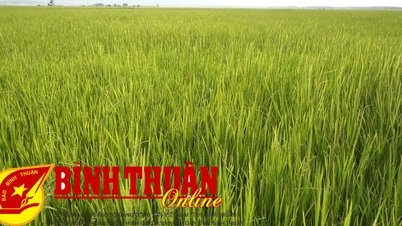
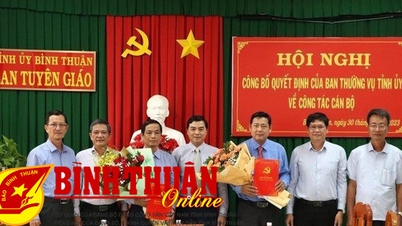

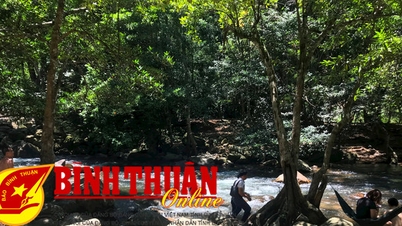



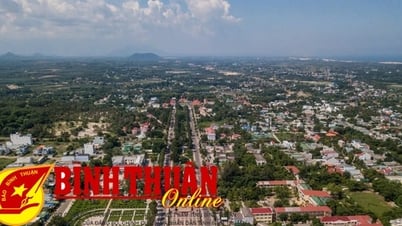
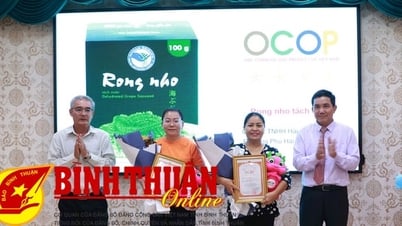
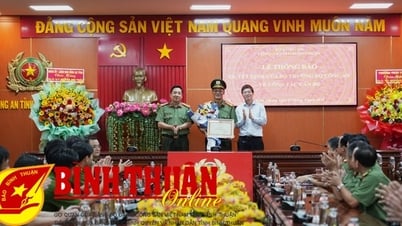





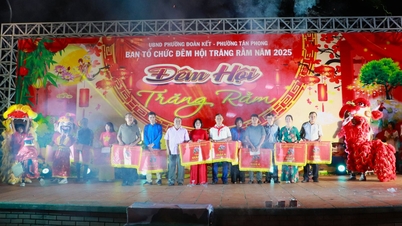

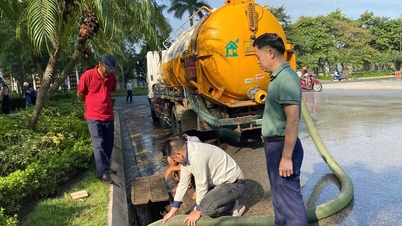
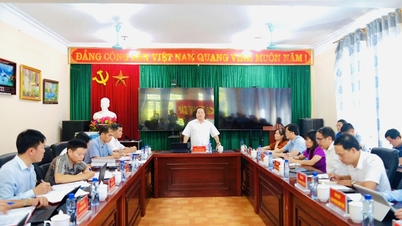




























![[VIDEO] Summary of Petrovietnam's 50th Anniversary Ceremony](https://vphoto.vietnam.vn/thumb/402x226/vietnam/resource/IMAGE/2025/10/4/abe133bdb8114793a16d4fe3e5bd0f12)

![[VIDEO] GENERAL SECRETARY TO LAM AWARDS PETROVIETNAM 8 GOLDEN WORDS: "PIONEER - EXCELLENT - SUSTAINABLE - GLOBAL"](https://vphoto.vietnam.vn/thumb/402x226/vietnam/resource/IMAGE/2025/7/23/c2fdb48863e846cfa9fb8e6ea9cf44e7)

















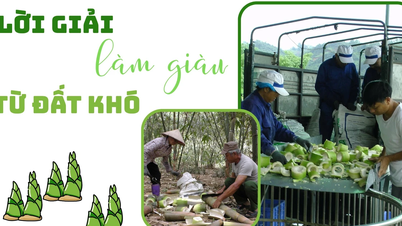

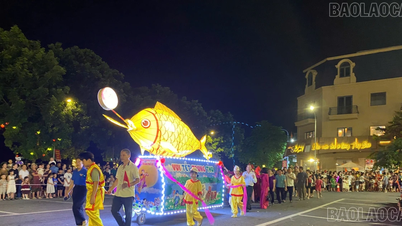














Comment (0)